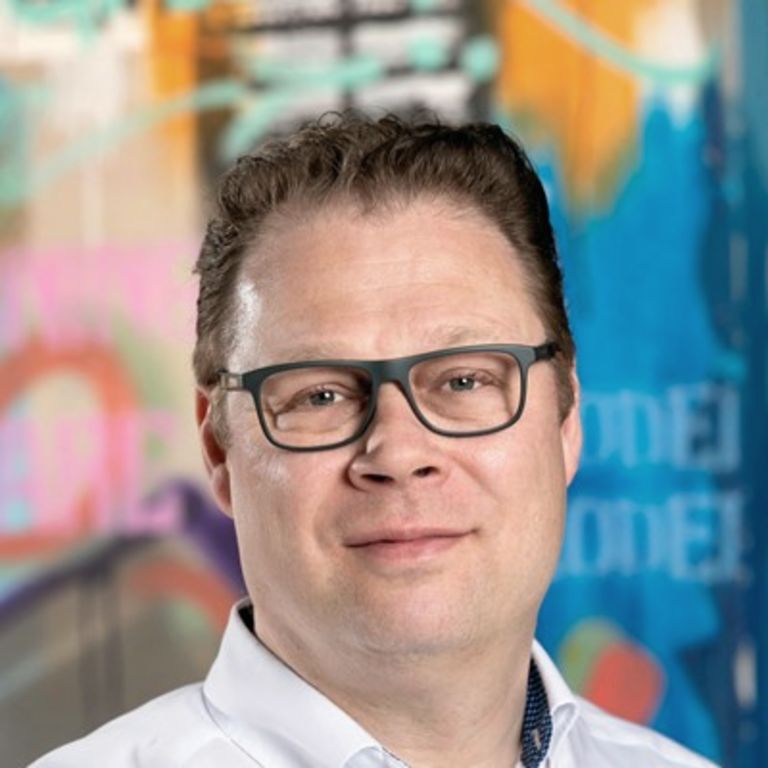
Edo Poll
IT Architect - Xebia
· LinkedIn
· Company Website
·
· Enterprise Architecture & DDD: Partners in Design
· Intent Oriented Architecture - Create an adaptive organization
Bio
Edo is an IT architect with more than 20 years of experience as software systems designer, project manager, and software-, application(s)- and enterprise architect. Edo specializes in modernizing application architecture and reliability engineering.
Enterprise Architecture & DDD: Partners in Design
(Lab)
by
João Rosa, Edo Poll
Did you ever experiment tension between different people inside of an organisation, with regards to design strategies? On one field, the Enterprise Architects and their business capabilities, and on the other side the Domain-Driven Design practitioners with their patterns? Endless hours of discussion about the design strategy, leading to waste and polarisation.
What if we could combine these two worlds? Are they so different?
Join us on this hands-on, where we will work a serious of exercises where you can leverage business capabilities modelling and strategic Domain-Driven Design patterns to model different functions inside of an organisation. You will learn on to move from the different methods while leveraging the strengths of each other. Leveraging those perspectives, you can start modelling based on intention, creating highly autonomous agents, whilst aligned with the organisation purpose and mission.
If your role is architect, line manager or you just want to gain experience in modelling at the enterprise level, then this is the right spot. We will model a use case, and walk through several scenarios where we apply the different modelling techniques. Previous knowledge of Strategic Domain-Driven Design and Enterprise Architecture is welcomed, but not required. You will leave the hands-on with a toolset that will allow you to apply to your product portfolio, creating sensible boundaries.
Intent Oriented Architecture - Create an adaptive organization
(Lightning Talk (4-7min))
by
Edo Poll
For many years, IT organizations are supposed to be “agile”, have the ability to move quickly and easily. For some, even that is not enough, they aim to be anti-fragile: the organization improves under the influence of chaos, or adverse events.
Often the focus is on adopting a different process and culture. But the question remains whether an organization can be easily changed. What about the legacy systems that resist change? What about the myriad of dependencies that make changing parts of your organization a huge challenge? How does anyone team know what their goals are, or what role they play in a bigger context?
The basic premise is that an organization should be adaptive to be agile, let alone anti-fragile.
Intent Oriented Architecture is a comprehensive architectural style that is used to model adaptive and fully aligned organizations.
IOA is a marriage between Enterprise Architecture and Domain-Driven-Design and a tool to decompose your organization into highly autonomous agents, which exhibit the properties unit of change and unit of consistency. Despite being highly autonomous, IOA aligns all parts and teams of the organization with the organization’s business drivers and transformation goals, using the concept of declared intent (“promises” from Promise Theory), which are continuously monitored and matched.
The agency of organizational parts and teams, their autonomy, and their continuous alignment, all together result in an adaptive organization.